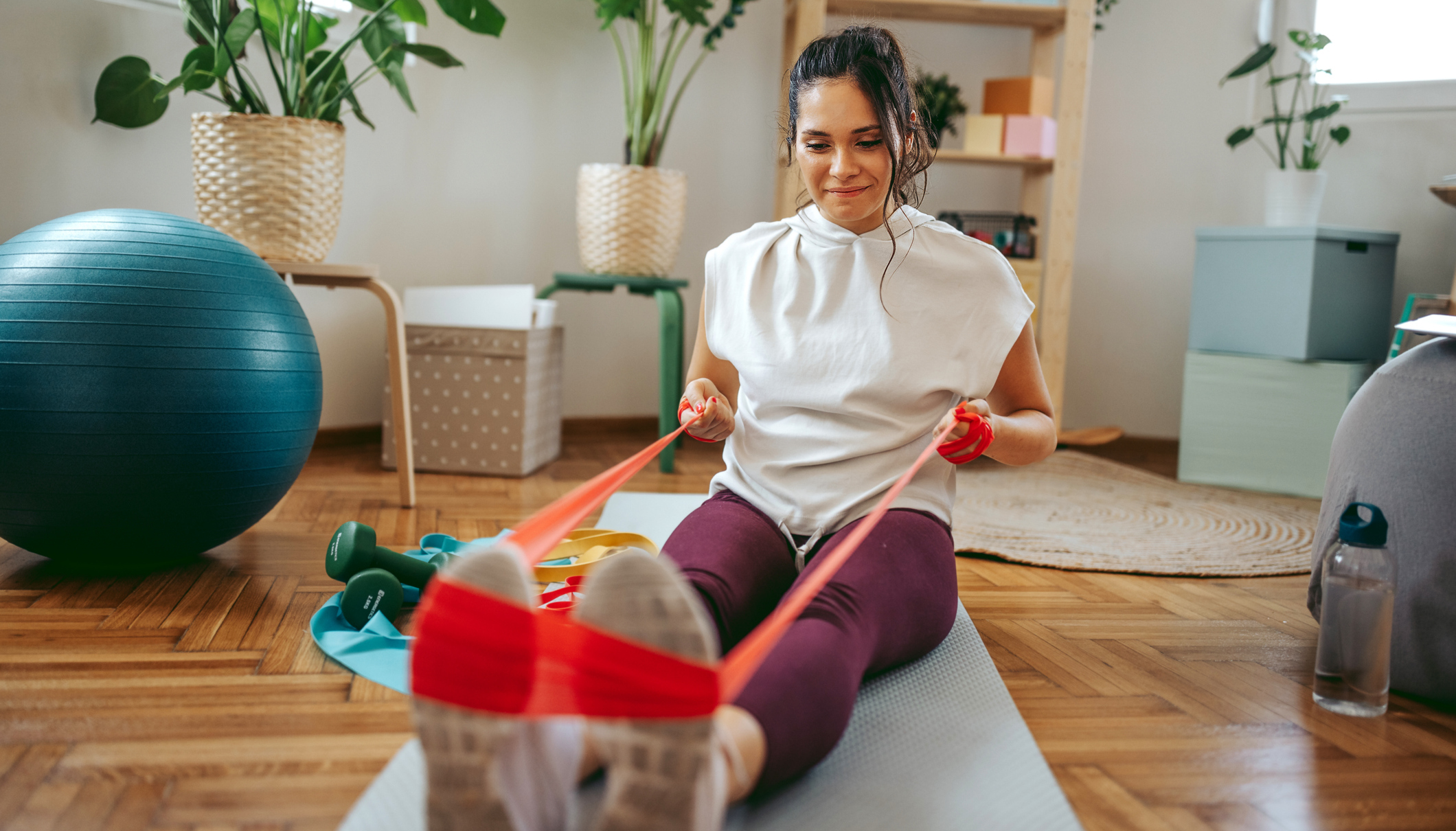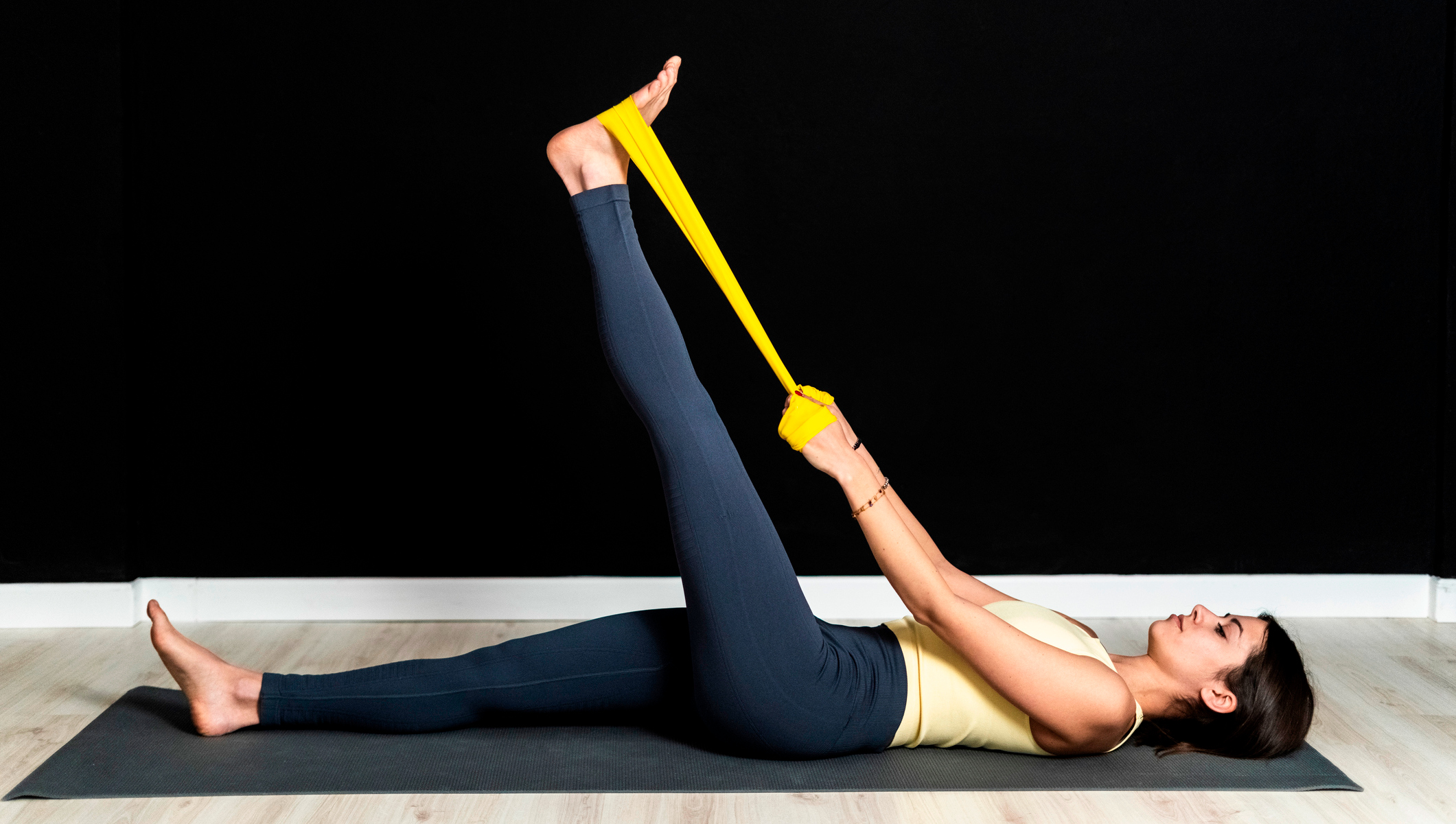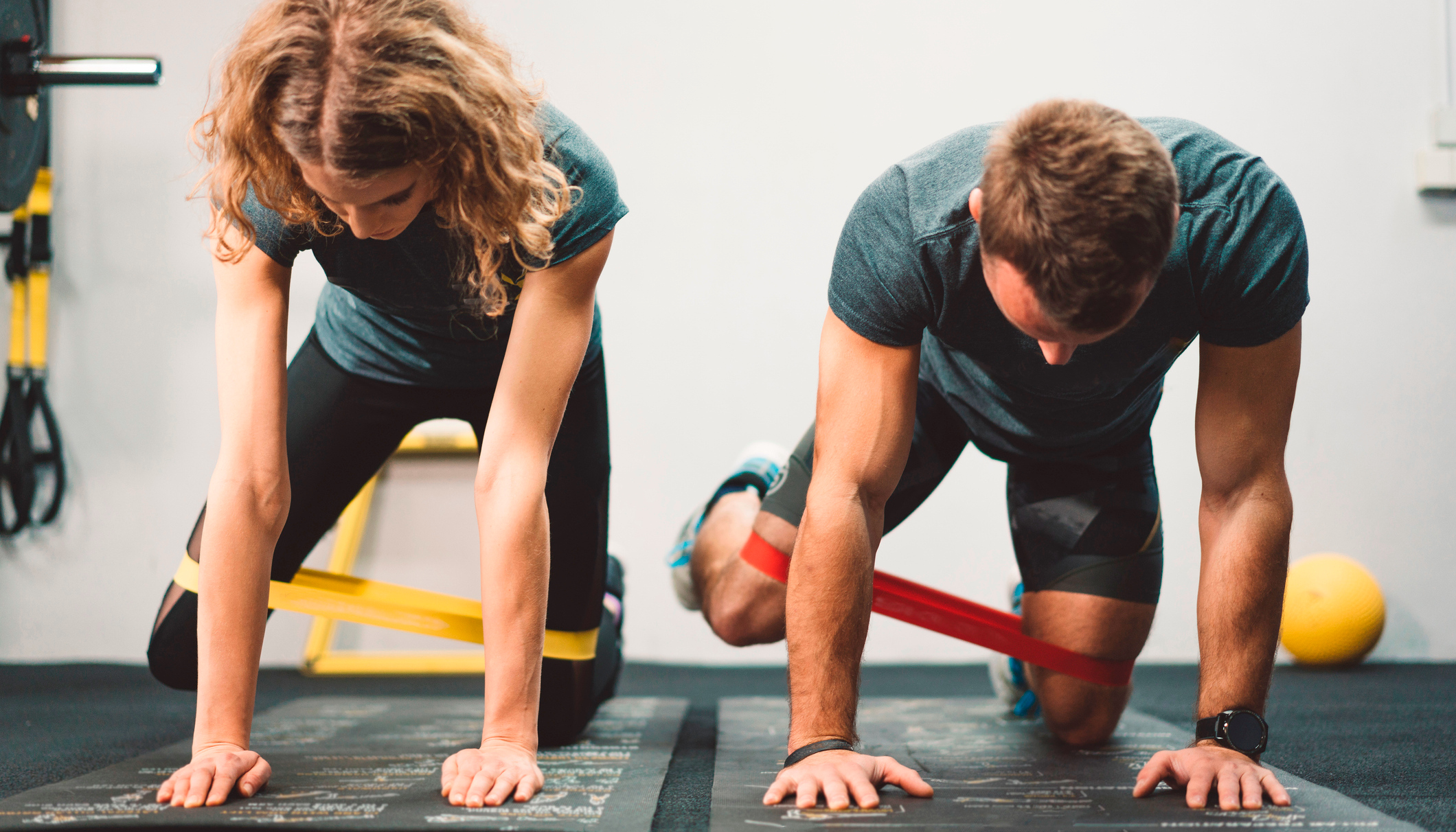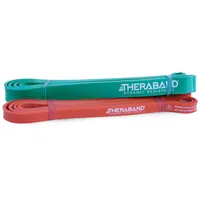Why resistance bands are better than dumbbells for working out at home, according to a Pilates instructor
Plus, three exercises that demonstrate why resistance bands are a home workout triple threat

Given the wealth of bodyweight workouts freely available, investing in home gym equipment might not feel necessary. However, if building strength is your aim, adding some equipment could help you see and feel changes sooner.
The obvious choice is dumbbells, but Pilates instructor Jodi Montlake says there's a piece of equipment that will serve you far better, especially if you're on a budget—the resistance band.
Theraband dynamic resistance bands: was $25, now $20 on Amazon
Save 20% Call us cautious, but we prefer to stick with long-standing, tried-and-tested brands when buying resistance bands, and they don't come more trusted than Theraband. Get 20% off two long-looped resistance bands, with medium and heavy resistance sets also available. Just be aware these deals end at midnight July 17.
"Resistance bands are light, cheap, and add strength and intensity to your workouts," says Montlake. "Plus, they can also help with stretching and mobility."
Bands add resistance to your workouts in the same way weights do (something we've explored in resistance bands vs dumbbells), making the movement more difficult so your muscles have to work harder, leading to muscle adaptation and growth.
But as well as adding resistance, bands can also modify some exercises. "Sometimes the band is there to make it harder, but sometimes the band can assist movements and make them easier by supporting you," says Montlake.
This makes them a great piece of kit for beginners. They're also affordable, so you can experiment with them rather than investing in an expensive pair of weights if you're new to working out.
Another benefit of resistance bands is their versatility. "With dumbbells, you usually need different weights for different exercises. Whereas with resistance bands, you can shorten the length to make it harder or lengthen it to make it easier," says Montlake.
Start your week with achievable workout ideas, health tips and wellbeing advice in your inbox.
The Pilates trainer recommends starting with a long resistance band at medium weight. "I prefer long bands because you can do more with them, especially when it comes to standing Pilates exercises," she says.
Here are three exercises Montlake recommends doing to get the most out of your resistance band, using it to stretch, strengthen and support your muscles.
1. Single-leg stretch

This is a mobility exercise where the band increases the stretch.
- Lie on your back and place the resistance band around your right foot, holding the other end of your band closer to your body to create tension.
- Straighten your right leg as much as you can, keeping the left leg on the floor.
- Keeping it straight, slowly lift your right leg and pull it toward you, feeling a stretch down the back of the hamstring.
- Hold for 30 seconds and repeat on the left leg.
2. Fire hydrant

This exercise will help you build strength in the lower body, with the resistance band adding tension and increasing the difficulty.
- Start on all fours, with your hands under your shoulders, your knees under your hips and your back flat.
- Place the resistance band around both legs, just above your knees.
- Engage your core, then lift one knee to the side until your thigh is parallel to the floor.
- Hold for a second at the top, squeezing your glutes then slowly lower your leg back to the starting position without letting your knee touch the floor.
- Repeat for 8-12 reps then repeat on the other side.
3. Roll-up
The resistance band is used in this exercise to support you and make the movement easier.
- Sit on the floor with your legs extended in front of you.
- Wrap the resistance band around your feet, holding the other end in your hands.
- Keeping your spine upright, extend your arms out in front of you holding the band.
- Relax your shoulders and brace your core, then lower your torso to the floor. Try to roll your spine down, vertebrae by vertebrae. Keep your arms extended and tension in the band. Finish with your back flat on the floor and your arms extended overhead.
- Roll back up slowly, using the band to help you move with control.
- Repeat for 8 reps.
Alice Porter is a freelance journalist covering lifestyle topics including health, fitness and wellness. She is particularly interested in women's health, strength training and fitness trends and writes for publications including Stylist Magazine, Refinery29, The Independent and Glamour Magazine. Like many other people, Alice's personal interest in combining HIIT training with strength work quickly turned into a CrossFit obsession and she trains at a box in south London. When she's not throwing weights around or attempting handstand push-ups, you can probably find her on long walks in nature, buried in a book or hopping on a flight to just about anywhere it will take her.

